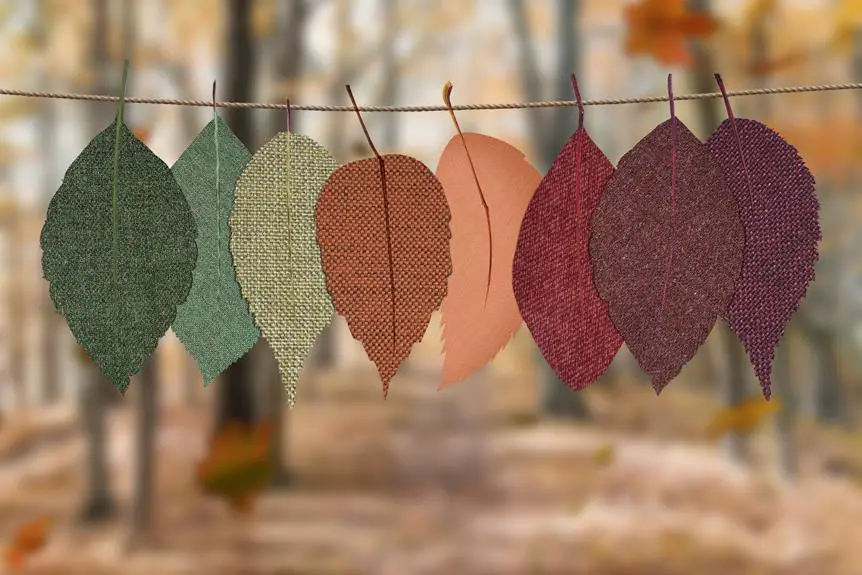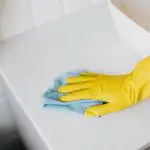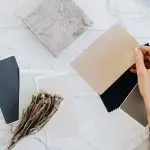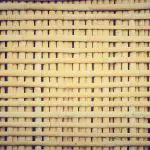Looking to stick it out with the best fabric adhesive? You've come to the right place.
When it comes to choosing the ideal adhesive for fabrics, there are various options to consider. From the type of fabric you're working with to the durability and application techniques, mastering the art of fabric adhesives can elevate your crafting game.
In this guide, we'll delve into the different types of fabric adhesives, factors to consider when making your selection, application techniques for various fabrics, a comparison of strength and durability, and essential tips for using fabric adhesives.
Get ready to become a pro at selecting the best adhesive for your fabric projects.
Key Takeaways
- Heat adhesives are great for hems, appliques, and patching, while cold adhesives like fabric glue are suitable for delicate materials.
- When choosing an adhesive, consider fabric compatibility, drying time, specific requirements of your fabric and project, and the strength needed for the fabric.
- Different application techniques should be used for different fabrics, such as applying adhesive sparingly to delicate silk satin or using firm pressure on sturdy cotton canvas.
- When using fabric adhesives, make sure the fabric surfaces are clean, follow the manufacturer's instructions, test the adhesive on scrap fabric before using, and provide pressure and support as the adhesive sets.
Types of Fabric Adhesives
When choosing fabric adhesives, consider the specific type of fabric you're working with to ensure the best results. There are various types of fabric adhesives available, each designed for different purposes.
One important consideration is whether to use heat or cold adhesives. Heat adhesives, such as fusible web or tape, require heat to activate the adhesive and bond the fabric together. These are great for hems, appliques, and patching. On the other hand, cold adhesives, like fabric glue, are applied directly to the fabric and don't require heat for bonding. They're suitable for fabrics that may be damaged by heat, such as sequined or delicate materials.
Another factor to consider is whether you need a temporary or permanent adhesive. Temporary adhesives are ideal for temporary fixes or when you may need to reposition the fabric, such as when creating a quilt layout. They allow for adjustments before permanently bonding the fabric. Permanent adhesives, as the name implies, create a lasting bond and are suitable for long-term fabric projects like garment construction or upholstery.
Understanding these distinctions will help you choose the right fabric adhesive for your project.
Factors to Consider When Choosing
Consideration of fabric type is crucial when choosing the best adhesive for your project. Different adhesives work better with certain fabrics, so it's important to consider fabric compatibility. For example, some adhesives may work well with cotton but not with nylon or polyester.
Additionally, consider the drying time of the adhesive. If you need a quick fix, opt for an adhesive that dries rapidly. On the other hand, if you have the luxury of time, you might choose a stronger adhesive that requires a longer drying time for a more durable bond.
When selecting an adhesive, take into account the specific requirements of your fabric and project. For delicate fabrics, such as silk or lace, choose a gentle, fabric-friendly adhesive. Meanwhile, heavy-duty fabrics like denim or canvas may require a stronger adhesive to ensure a secure bond.
Understanding the fabric type and the adhesive's drying time will help you make an informed decision and achieve the best results for your fabric project.
Application Techniques for Different Fabrics
To ensure a successful bond, apply the adhesive carefully, adjusting the pressure based on the fabric's weight and texture. Different fabrics require specific application techniques to ensure a strong and durable bond with the adhesive. Here are some tips for applying adhesive to different fabrics:
- Silk Satin: When working with delicate silk satin, apply the adhesive sparingly to avoid any seepage through the fabric. Use a gentle pressure to avoid damaging the delicate fibers.
- Polyester Blend: Polyester blends can withstand a slightly heavier application of adhesive. Apply moderate pressure to ensure that the adhesive penetrates the fibers for a secure bond.
- Cotton Canvas: For sturdy cotton canvas, a slightly heavier application of adhesive is suitable. Use firm pressure to ensure that the adhesive reaches into the dense weave of the fabric.
- Wool Suiting: When working with wool suiting, apply the adhesive lightly to prevent any discoloration or damage to the fibers. Use gentle pressure to avoid altering the texture of the wool.
Comparison of Strength and Durability
You should compare the strength and durability of different adhesives to determine which one is best for fabric bonding. When evaluating adhesive bonding for fabrics, it's crucial to consider the longevity of the bond. Look for adhesives that offer both strong initial adhesion and long-term durability. Pay attention to the specific claims of each adhesive, as some may excel in one area but not the other.
Consider the types of fabrics you'll be working with and the specific stresses the bonded area will endure. For instance, if you're working with heavy-duty outdoor fabrics, you'll need an adhesive that can withstand exposure to the elements and frequent movement without deteriorating. On the other hand, if you're bonding delicate fabrics, you'll want an adhesive that provides a strong bond without causing damage.
In your comparison, look for information on the expected lifespan of the adhesive bond. Some adhesives may claim to last for a certain number of washes or to remain strong for a specific period. Keep in mind that the fabric's longevity is directly tied to the adhesive's durability, so finding a balance is essential.
Tips for Using Fabric Adhesives
When using fabric adhesives, select the appropriate adhesive based on the specific fabric type and the anticipated stresses on the bonded area. Fabric repair and DIY projects often require a reliable adhesive to ensure a strong and durable bond. Here are some tips to help you make the most of fabric adhesives:
- Surface Preparation: Ensure that the fabric surfaces are clean and free from any dirt, oil, or residue before applying the adhesive. This will help the adhesive bond more effectively to the fabric.
- Appropriate Application: Follow the manufacturer's instructions for the specific fabric adhesive you're using. Some adhesives may require heat setting or a certain drying time for optimal results.
- Test on Scrap Fabric: Before applying the adhesive to your actual fabric project, test it on a scrap piece of fabric to ensure compatibility and desired results.
- Pressure and Support: Apply pressure to the bonded area and provide support as the adhesive sets to ensure a strong and secure bond.
- Storage and Shelf Life: Properly store your fabric adhesive according to the manufacturer's recommendations to maintain its effectiveness and prolong its shelf life.
These tips will help you achieve successful fabric bonding for your various projects.
Frequently Asked Questions
Can Fabric Adhesive Be Used for Outdoor Fabrics Such as Canvas or Nylon?
Yes, you can use fabric adhesive for outdoor fabrics like canvas or nylon. It provides durable repair for outdoor fabric, ensuring that it holds up well in various weather conditions.
Is Fabric Adhesive Machine Washable and Will It Hold up in the Dryer?
When it comes to fabric adhesive, it's important to know if it's machine washable and dryer resistant. Check the product label for specific instructions. Some fabric adhesives are designed to withstand machine washing and dryer heat, but always follow the manufacturer's guidelines for best results.
Are There Any Fabric Adhesives That Are Specifically Designed for Delicate or Sheer Fabrics?
For delicate or sheer fabrics, it's essential to choose an adhesive that offers gentle yet durable bonding. Look for fabric adhesives specifically designed for delicate or sheer fabrics to ensure they maintain their quality through washes and wear.
Can Fabric Adhesive Be Used to Repair Leather or Suede Fabrics?
Yes, fabric adhesive can repair leather and suede, but compatibility and durability may vary. It's essential to check the adhesive's compatibility with specific materials and consider durability, especially for outdoor fabrics.
Are There Any Fabric Adhesives That Are Safe for Use on Children's Clothing and Toys?
When looking for fabric adhesives safe for children's clothing and toys, consider non-toxic options with safety certifications. These adhesives are designed to be gentle on delicate skin and safe for use on items that come into close contact with children.
- Why Is Organza so Expensive? - April 23, 2024
- Is Organza Soft or Stiff? - April 23, 2024
- Is Organza More Expensive Than Silk? - April 23, 2024








